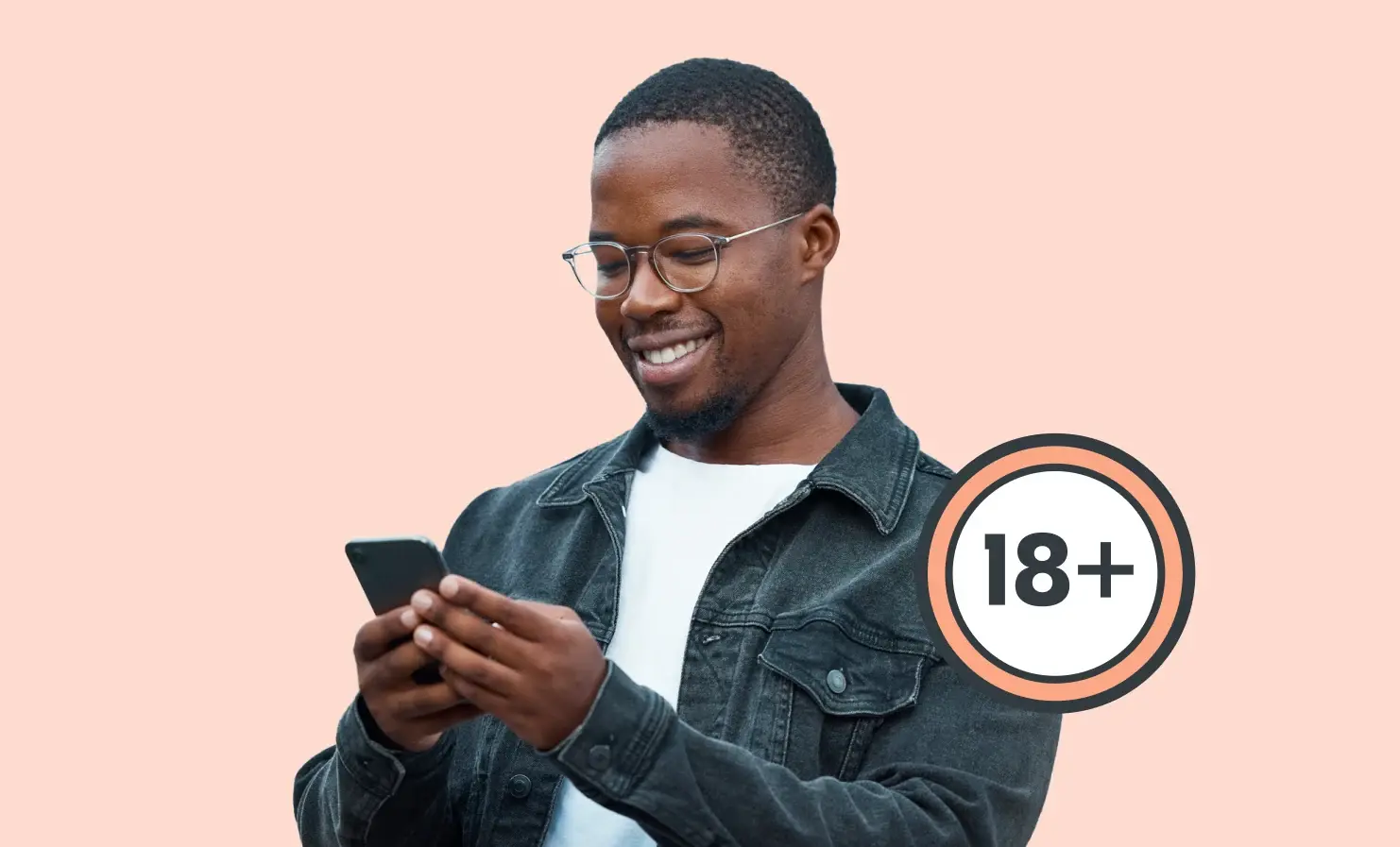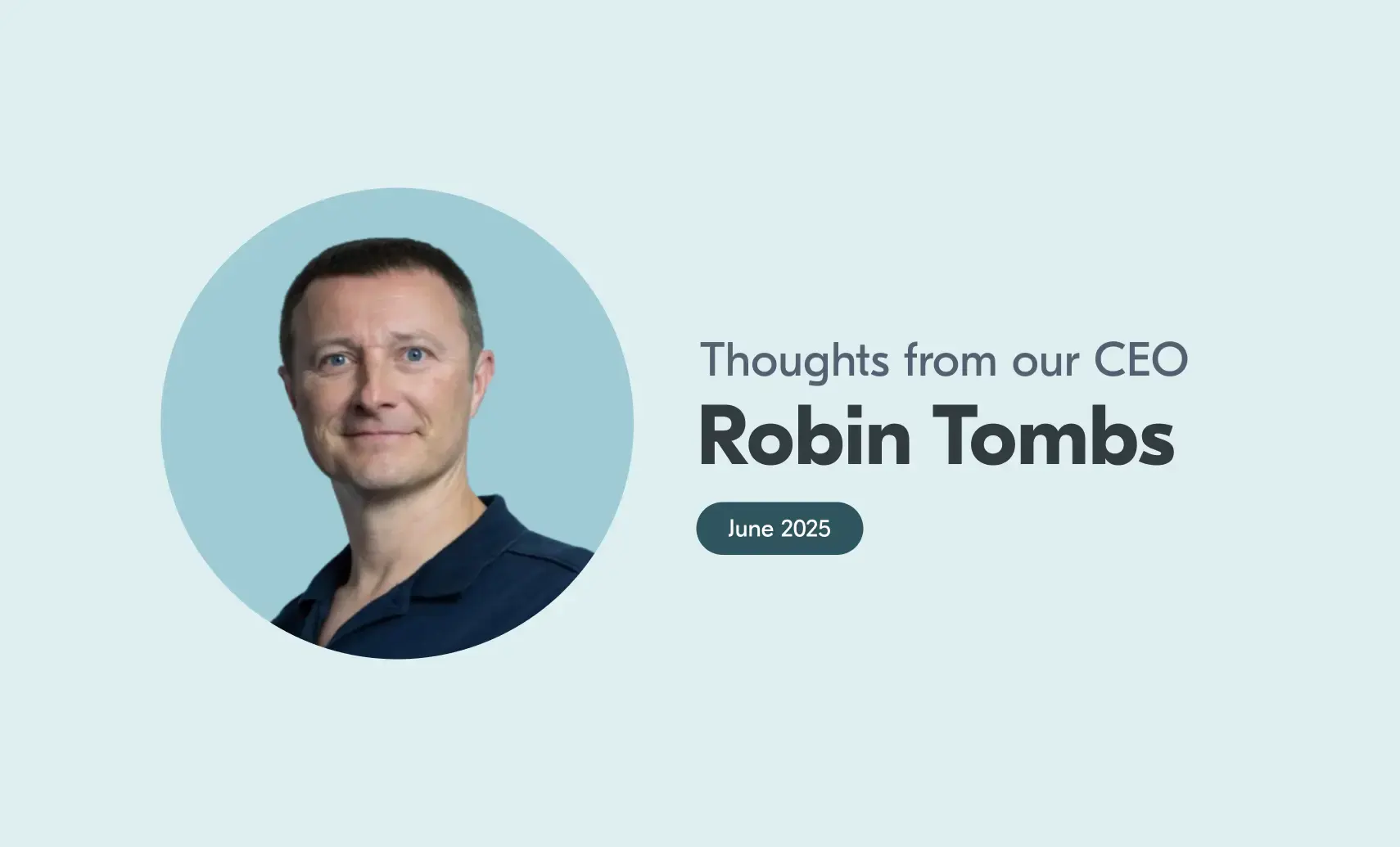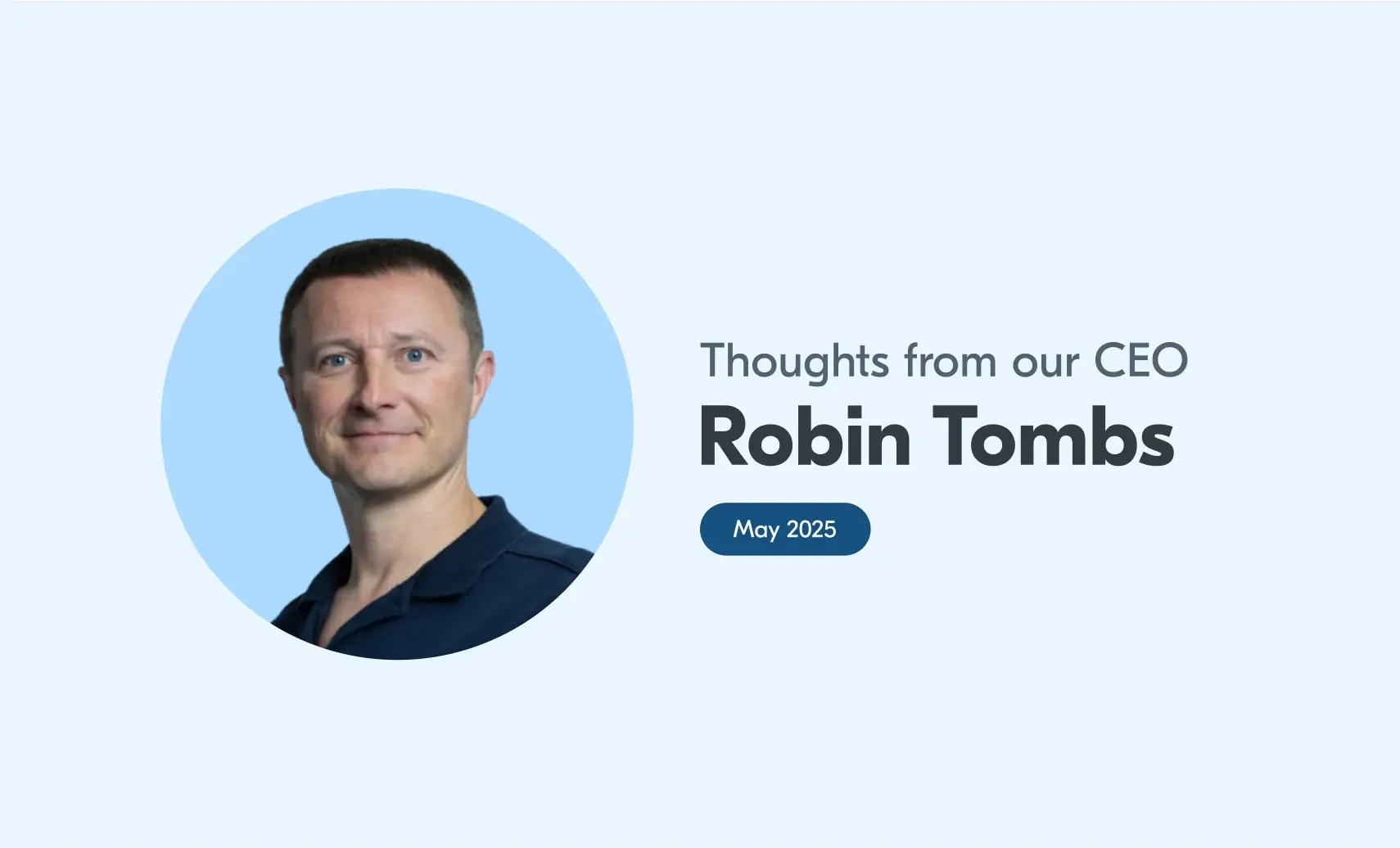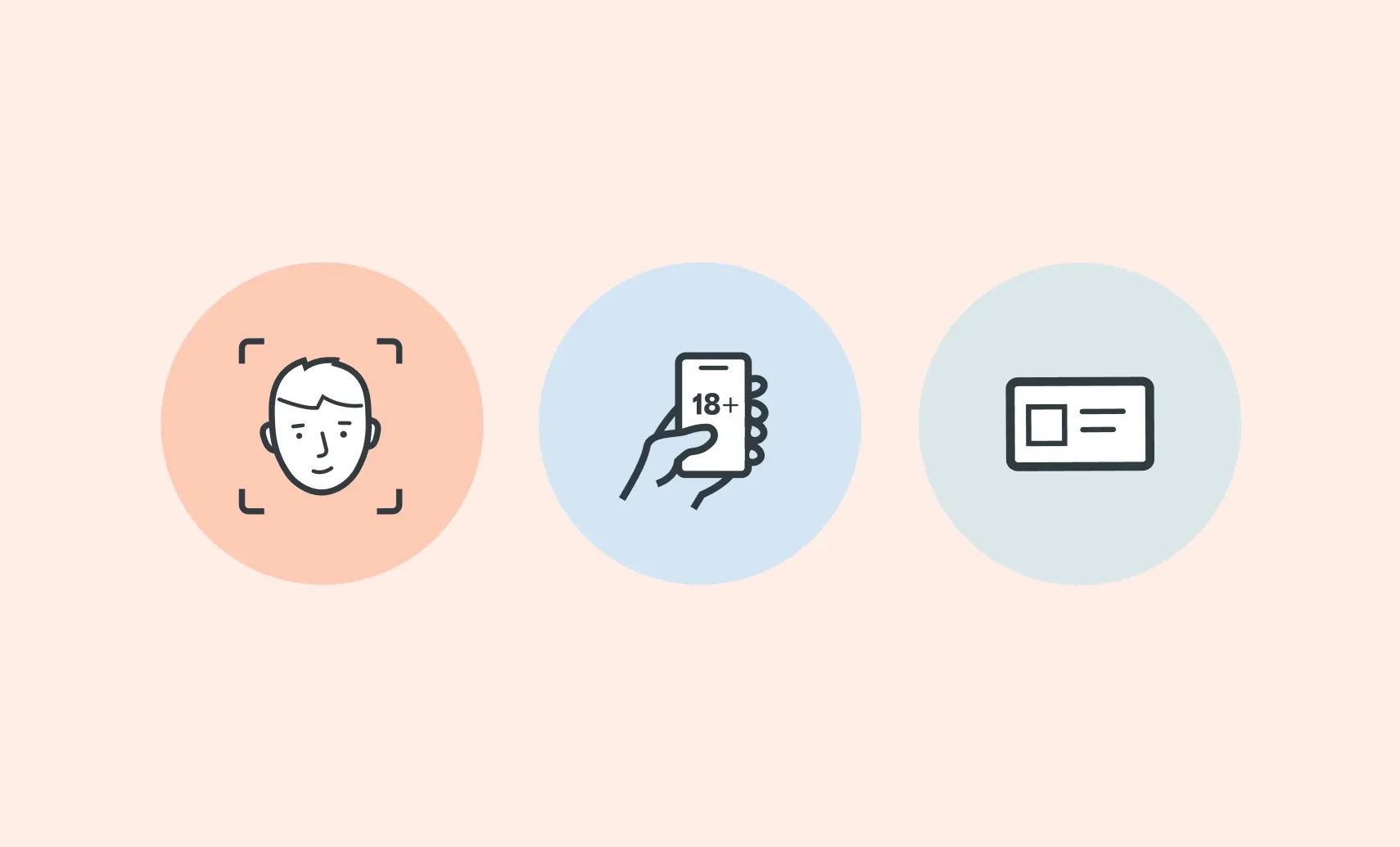
New regulations are being introduced that require platforms to create age-appropriate experiences. These include the UK’s Online Safety Act, the EU’s Better Internet for Kids strategy and country-specific Children’s Codes.
These regulations aim to help young people thrive online by ensuring they are only exposed to age-appropriate content. It ensures that only adults can access certain goods, services and experiences or enter legal contracts. It also means that adults are kept out of spaces designed exclusively for children.
To do this, platforms need to check the ages of their users so that they can design their sites accordingly.
How can companies check the age of their users?
Companies can only provide age-appropriate experiences if they know the ages of their users.
To do this, most platforms started by implementing a system of self-certification, asking the user to tick a box to confirm their age. However, a major flaw with this method is that it relies on the honesty of the user.
It was thought that the only way to confidently establish a user’s age was with an identity document, like a passport or driving licence. This was particularly the case for high-risk situations such as gambling or accessing adult content.
Age verification with a document was thought to give a ‘higher’ level of assurance than other approaches. But this is only true when it is completed effectively with document authenticity, face matching and liveness detection checks.
Offering a range of age assurance options is important as not everyone has access to an identity document. Methods such as facial age estimation or a reusable Digital ID are now also recognised. When done to a high standard, these methods can offer both a high level of privacy and a high level of accuracy.
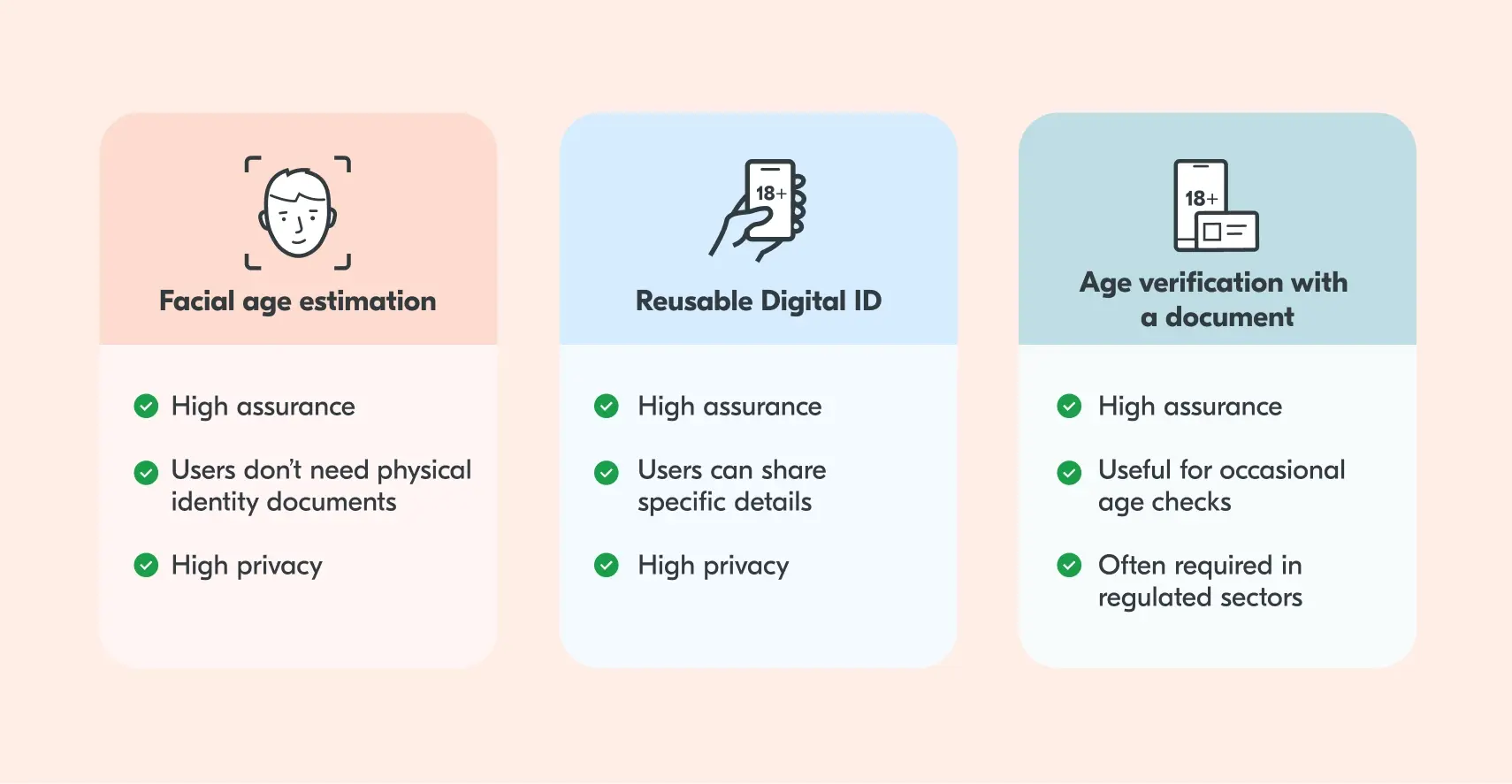
What is facial age estimation?
Facial age estimation determines someone’s age using just an image. It converts the pixels of a facial image into numbers and compares the pattern of the numbers to patterns associated with known ages.
Facial age estimation doesn’t identify anyone, so it’s not facial recognition. It was developed to give people a private way to prove their age without sharing an identity document or other unnecessary personal information, like a name, address or date of birth.
With facial age estimation, even if the estimated age is not exact, the predicted age is still likely to fall within two years of the person’s actual age. To allow for this, businesses can opt to include a safety buffer. A safety buffer allows for inaccuracies and reassures businesses that only people of the right age can access the content.
For example, if a business needs to know if someone is 18 or over, they might apply the Challenge 25 policy and set a seven-year buffer. This means that the technology must determine the user’s age to be at least 25. Using this, the system is 99.9% effective at detecting those under 18.
When is facial age estimation useful?
When done effectively, facial age estimation can offer the same high level of assurance as identity document checks. It’s also more reliable than just reading the date of birth on a document. Without the necessary checks, the document could belong to a different person, or be stolen, tampered or counterfeit.
Around 1 billion people around the world are unable to prove their legal identity. This includes people on lower incomes, young people, refugees or those awaiting citizenship decisions as well as people who temporarily do not have access to their documents. Facial age estimation is a more inclusive option as the user doesn’t need to provide any documents.
It’s also a privacy-preserving solution. A user’s age is estimated from an image which is then deleted as soon as a result is given. Since no other information is required, the user’s identity is fully protected.
When given the choice of proving their age with age estimation or with an identity document, over 80% of online users select facial age estimation.
What is a Digital ID?
A Digital ID is a new way for people to prove who they are. It gives the user an easier, smarter and safer way to prove their age or identity through an app, instead of showing a physical document.
An individual can create a reusable Digital ID by taking a selfie and securely uploading an identity document. On biometric passports, the NFC chip can be checked for added confidence. This involves verifying the information within the passport against the relevant data stored in the chip.
Once created, the user has a Digital ID for life which can be used again and again to prove age and identity. This removes the need for the user to search for and scan their documents each time.
Only the user can access their details through biometric authentication or a 5-digit PIN. Our system is built in such a way that no one other than the user can access their data.
When is a Digital ID app useful?
With a Digital ID app, users can share specific details. For example, they can share an ‘over 18’ proof of age when accessing age-restricted goods, services or experiences.
Digital IDs are more private than showing an identity document. For example, when showing a driving licence to buy a lottery ticket, there’s no need for the cashier to see the user’s full name, address and date of birth. With a Digital ID, companies have the details they need to be compliant whilst protecting the privacy of individuals.
Due to the reusable nature of Digital IDs, they are particularly useful for people who need to prove their age regularly.
What is age verification with a document?
Age verification with a document involves the user presenting a physical document to prove their age. It’s a one-off process and can be high assurance, but only when done effectively. Checking someone’s age against a document is more than simply reading a date or birth.
There must be high-quality checks in place to confirm the document is authentic and belongs to the user.
When is age verification with a document useful?
There are some cases where people may not want to use facial age estimation or do not have a Digital ID app. For instance, they may only need to prove their age occasionally, or they may not have access to a smartphone.
In these cases, users may opt to verify their age with a document.
Additionally, there are some situations where it is illegal for people of a certain age to access particular goods, services or experiences. This could be when gambling, opening a bank account or applying for a credit card. In these cases, the user may be required by law to verify their exact age and other necessary personal details using an official identity document.
So how should platforms check age?
For each of these age assurance methods to be useful, it’s crucial that they are of a high standard. They must have the correct checks in place to ensure they can effectively provide age-appropriate experiences for the user.
For inclusivity and accessibility, platforms should always offer a choice of age-checking methods. This allows users to choose the method which works best for them.
If you’d like to know more about our age assurance products, please get in touch.

